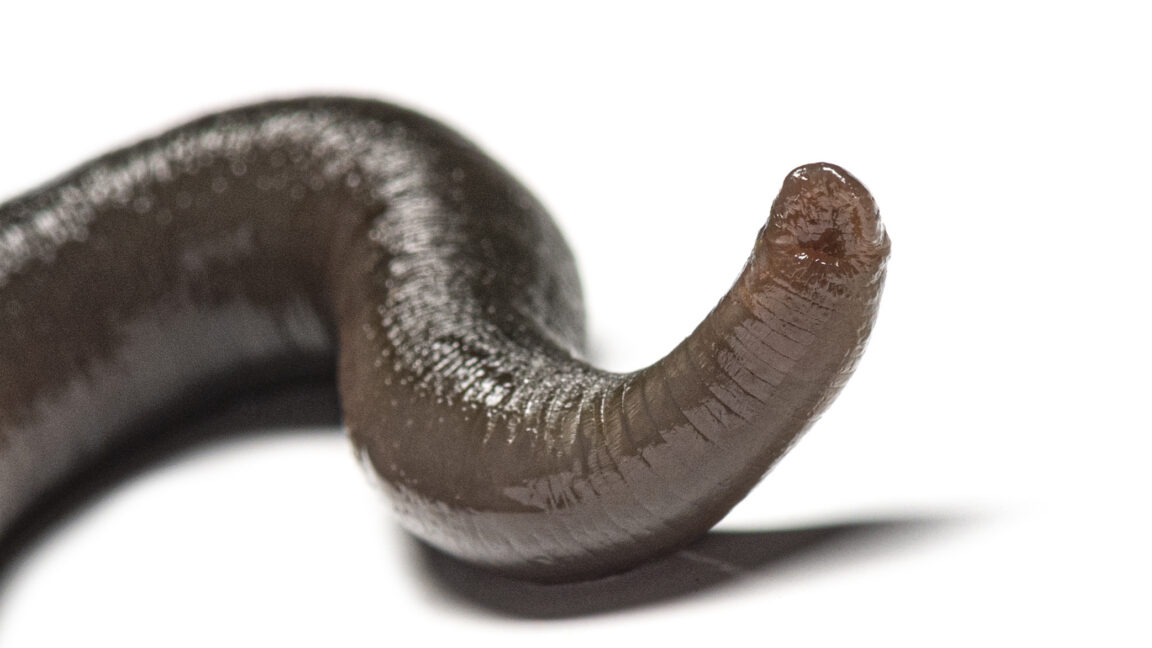
"Therapeutic bloodsuckers are seen in murals decorating the tombs of 18 th dynasty Egyptian pharaohs. They got their earliest written recommendation in the 2 nd century BC by Greek poet and physician Nicander of Colophon. He introduced the " blood-loving leech, long flaccid and yearning for gore," as a useful tool for sucking out poison after a bite from a poisonous animal."
"Galen, the physician for Roman Emperor Marcus Aurelius, supported using leeches to balance the four humors (i.e. blood, phlegm, and yellow and black bile) and therefore treat ailments-as initially outlined by Hippocrates. Leeches, doctors found, provided a method for less painful, localized, and limited bloodletting. We now understand that leeches can release an anesthetic to prevent pain and a powerful anticoagulant, hirudin, to prevent clotting and keep blood flowing."
"It wasn't until the early 1900s, amid advances in medical knowledge, that leeches fell out of favor-as did bloodletting generally. That was for the best since the practice was rooted in pseudoscience, largely ineffective, and often dangerous when large quantities of blood were lost. Still, the bloodsuckers have kept a place in modern medicine, aiding in wound care, the draining of excess blood after reconstructive surgery, and circulation restoration."
Leeches have been used medicinally since ancient civilizations, appearing in Egyptian tomb murals and in Greek, Chinese, and Sanskrit writings. Early recommendations included using leeches to draw out poison. Physicians such as Galen employed leeching to balance humors, and Hippocratic concepts underpinned early use. Leeches provide localized, less painful bloodletting by releasing an anesthetic and the anticoagulant hirudin, which prevents clotting. Use proliferated for many ailments until advances in medical knowledge in the early 1900s reduced bloodletting. Leeches retain modern medical roles in wound care, draining excess blood after reconstructive surgery, restoring circulation, and delivering anti-inflammatory compounds in saliva.
Read at Ars Technica
Unable to calculate read time
Collection
[
|
...
]